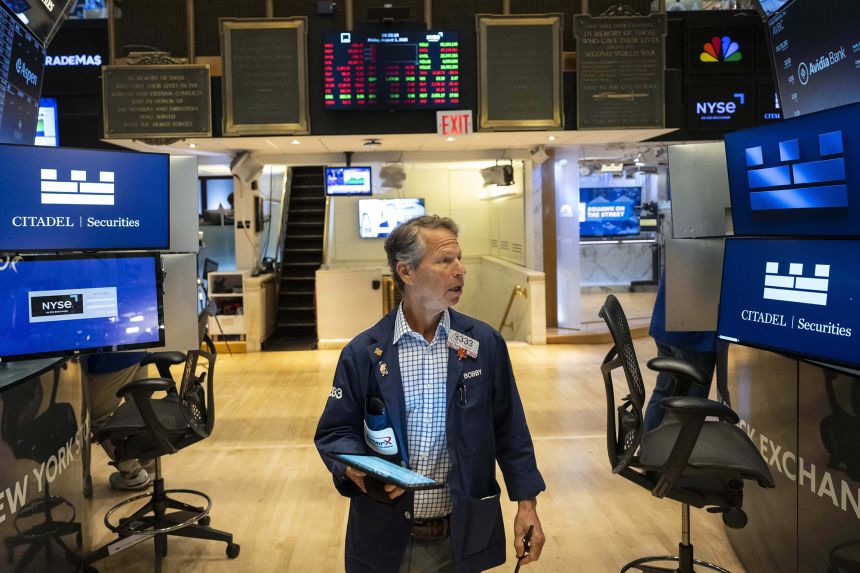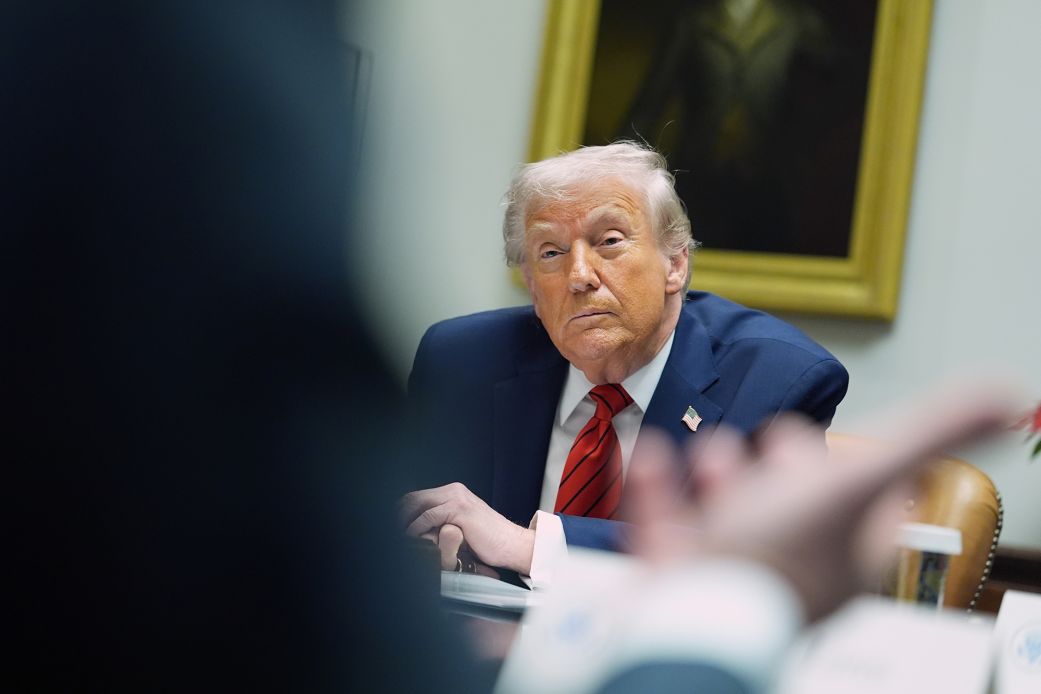
#stocks
Global Stocks Plummet Amid Trump's Tariff Plan

Global stocks faced a rollercoaster ride due to President Donald Trump's unveiling of his long-awaited tariff plan on trading partners. This threat to decades of international cooperation led to a steep decline in major stock indices, marking a significant change in the financial landscape. The Dow Jones Industrial Average (DJIA), often considered a barometer for the overall U.S. stock market, plummeted by 542 points or 1.23%. The broader S&P 500 and tech-heavy Nasdaq Composite also experienced substantial losses of 1.6% and 2.24%, respectively. This marked the biggest single-day loss for the S&P 500 since May, while the Nasdaq recorded its largest daily drop since April. Notably, these declines ended two-week winning streaks for both indexes. The Dow's significant drop was its worst in over a month and it posted losses every day during that week, recording its worst performance since early April.
Tariffs Detailed
Trump revealed his tariff plan on Thursday, proposing tariffs ranging from 10% to 41% on countries spanning Chile to Syria, with implementation scheduled for August 7. This was later than expected, providing a brief respite for investors who had begun to hope that the president might back down on his most daunting threats. However, the scope and unprecedented nature of the tariff campaign has raised concerns about its impact on the global economy and markets.Market Reaction
The announcement caused widespread implications for business activity, international trade, and global economic growth. In response to this uncertainty, investors reassessed their positions, leading to increased volatility. Some analysts believe that the effective tariff rate could reach around 15% by the end of the year, with potentially manageable economic impact. However, tariffs remain a headwind for global trade and growth, contributing to a rise in inflation.US Economy Impact
The latest jobs data showed a slower-than-expected growth in July, adding further pressure to the U.S. economy. This, combined with an unexpectedly large downward revision to job growth in May and June, has intensified fears about the impact of tariffs on the labor market.0 коментара
Остави коментар
Scroll to Top


